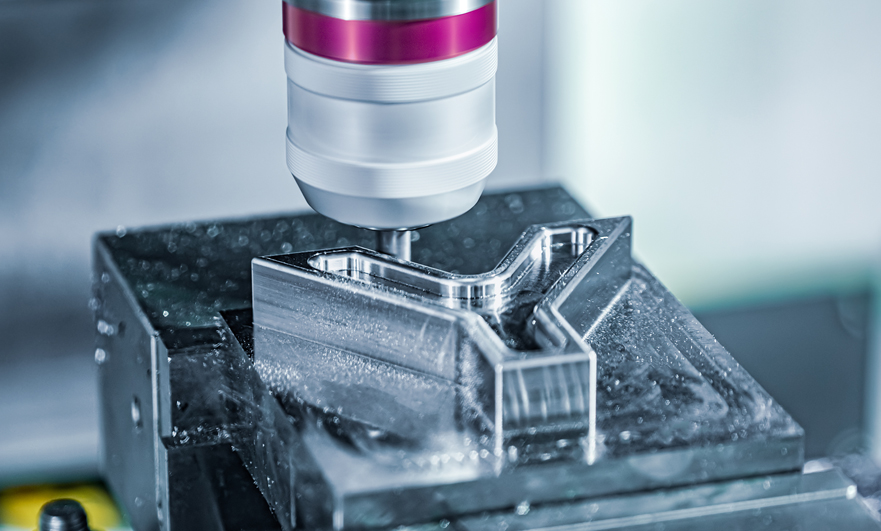Aluminum and aluminum alloys have good fluidity and plasticity, but they tend to turn black during use. why? The reasons for the black surface of aluminum CNC machined parts are as follows:
1. Unreasonable process design
Improper handling of aluminum CNC machined parts after cleaning or pressure testing creates conditions for the aluminum CNC machined parts to turn black and accelerate mildew.
2. Improper storage management
When aluminum CNC machining parts are stored in warehouses of different heights, their mildew conditions are also different.
3. Internal factors of aluminum alloy
Many aluminum CNC machining parts factories do not perform any cleaning treatment during die casting and CNC machining, or just wash with water, which cannot be thoroughly cleaned. There are corrosive substances such as mold release agents, cutting fluids, saponification fluids and other substances on the surface of die-cast aluminum CNC machining parts. These stains accelerate the speed of black mold spots on aluminum CNC machining parts.
4. External environmental factors of aluminum alloy
Aluminum is an active metal, which is easily oxidized to black or moldy under certain temperature and humidity conditions, which is determined by the characteristics of aluminum itself.
5. Choosing a cleaning agent is inappropriate
The selected cleaning agent is very corrosive, causing corrosion and oxidation of aluminum CNC machined parts.

Aluminum corrosion inhibition is one of the important functions of aluminum alloy cutting fluids. Different series of aluminum alloys have different anti-corrosion capabilities and require cutting fluids to provide better corrosion inhibition.
Aluminum corrosion inhibition effect of different cutting fluids
1. In immersion test or use, the appearance of aluminum CNC machined parts is obviously black, indicating that the cutting fluid aluminum has a poor corrosion inhibition function and cannot meet the requirements of the working conditions;
2. In immersion test or use, the appearance of aluminum CNC machined parts is obviously whitish, indicating that the cutting fluid is too alkaline, the pH is too high, and alkali corrosion occurs on the surface.
3. After the aluminum CNC machined parts are stored in the warehouse for a period of time after processing, all the aluminum CNC machined parts show mildew, indicating that the aluminum corrosion inhibition function of the cutting fluid does not support long-term storage, or the warehouse is humid and not ventilated.
4. Aluminum CNC machined parts are processed from the CNC machine tool, rinsed with tap water, and stored for a short time, showing mildew stains, because the corrosion inhibitor components on the surface of the aluminum CNC machined parts have been removed, which can not provide protection.
5. Aluminum CNC machined parts become black and moldy after shot blasting, and corrosion problems are still present after CNC machining. The storage environment of aluminum CNC machined parts is humid and the residence time is long. It is necessary to shorten the stay time as much as possible.
The appearance of aluminum CNC machining parts is black, and the appearance of aluminum CNC machining parts is white. Especially in the high temperature and humid environment in summer, aluminum corrosion problems emerge in an endless stream. There is no problem after CNC machining. Various problems appear after subsequent cleaning. Comprehensive analysis is required. The result is to find the cause of the problem.
Whether it is aluminum alloy cutting fluid or aluminum alloy cleaning agent, it is necessary to meet the needs of aluminum corrosion inhibition, and to avoid problems as much as possible when used in combination.